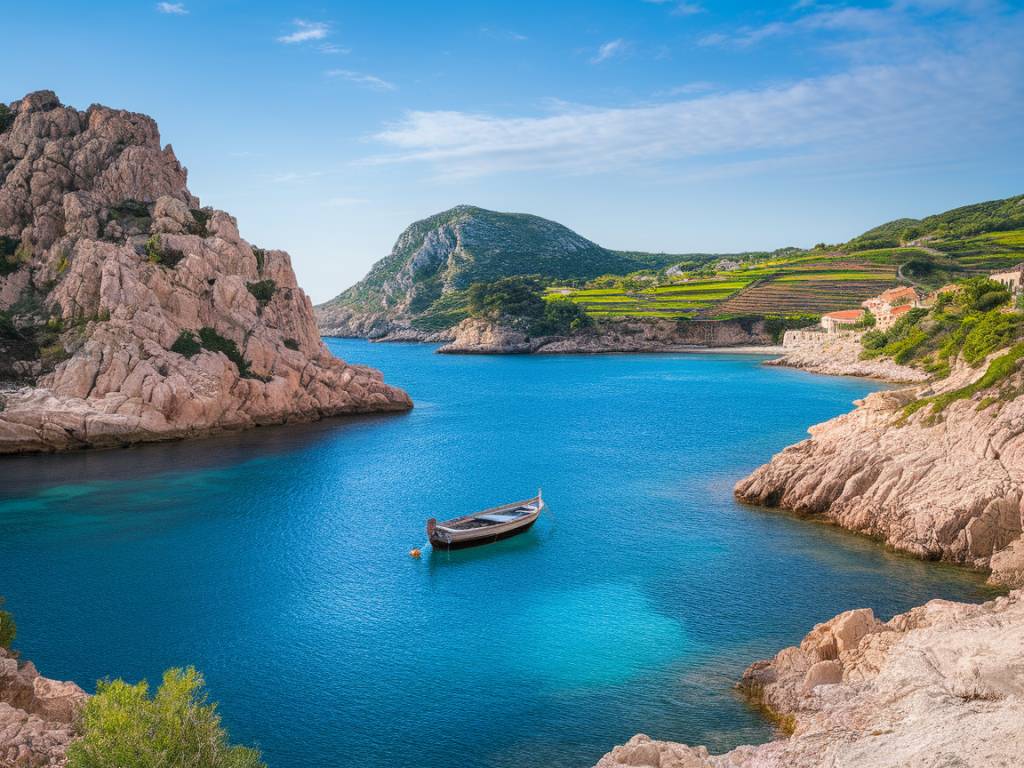
Discover corsica
An Introduction to Corsica
If you’re an adventurer at heart and have been seeking a destination that combines the rugged beauty of untouched wilderness with the serene charm of the Mediterranean, look no further than Corsica. This French island, located in the Mediterranean Sea, is renowned for its pristine beaches, towering mountains, and picturesque villages. With a unique blend of French and Italian cultures, Corsica offers a rich historical tapestry, diverse landscape, and a plethora of outdoor activities.
Having visited Corsica multiple times, I am always struck by its diverse beauty and the myriad experiences it offers. Let me take you through this enchanting island, where you will discover why Corsica should be your next travel destination.
The Allure of Corsica’s Beaches
Corsica is known for its stunning coastline, which extends over 1000 kilometers, offering some of the most beautiful beaches in Europe. Whether you are looking to relax on sandy shores or engage in water sports, Corsica’s beaches won’t disappoint.
Here are a few must-visit beaches:
- Palombaggia Beach: Situated near Porto-Vecchio, Palombaggia’s white sandy beaches and crystal-clear waters make it one of the most popular spots on the island. It’s perfect for a family day out or a romantic sunset stroll.
- Saleccia Beach: Located in the Agriates Desert, this secluded beach offers an experience away from the bustling crowds. Its remote location means you might need a boat or a serious hike to get there, but the tranquility is worth it.
- Santa Giulia Beach: Another gem near Porto-Vecchio, Santa Giulia’s turquoise waters and fine sands create a perfect setting for water sports such as jet skiing, snorkeling, and paddleboarding.
Exploring Corsica’s Mountainous Interior
Beyond the mesmerizing beaches, Corsica’s interior presents a striking contrast of rugged mountains and serene valleys. Hiking enthusiasts will find paradise with trails that range from leisurely walks to challenging treks.
Some key highlights include:
- GR20: Considered one of Europe’s most challenging long-distance hiking trails, the GR20 stretches across Corsica from north to south. Offering panoramic views, diverse terrain, and an unparalleled sense of adventure, this trail is a must for seasoned hikers.
- Monte Cinto: Standing at 2706 meters, Monte Cinto is the highest peak in Corsica. The ascent is demanding, but the summit rewards climbers with breathtaking views of the entire island.
- Restonica Valley: Home to scenic rivers and stunning glacial lakes like Lac de Melu and Lac de Capitellu, the Restonica Valley provides numerous hiking opportunities amidst lush landscapes.
The Charismatic Villages of Corsica
Corsica’s charm extends to its picturesque villages, each offering a unique glimpse into the island’s rich heritage and culture. These villages provide a break from the natural wonders and introduce travelers to the local way of life.
Don’t miss these villages:
- Bonifacio: Perched on limestone cliffs on the southern tip of the island, Bonifacio boasts a medieval citadel with narrow streets, ancient buildings, and stunning views over the sea.
- Sartène: Often referred to as « the most Corsican of Corsican towns, » Sartène exudes historical charm with its stone houses, cobbled streets, and vibrant local festivals.
- Pigna: A hilltop village in the Balagne region, Pigna is known for its artistic flair, with numerous workshops and galleries showcasing local crafts and music.
Corsica’s Rich Culinary Experience
No visit to Corsica would be complete without indulging in its distinctive cuisine, which reflects the island’s blend of French and Italian influences as well as its own unique flavors. Fresh, local ingredients are at the heart of Corsican dishes, making every meal a culinary adventure.
Make sure to try:
- Brocciu: This soft cheese made from ewe’s milk is a staple in Corsican cuisine and can be enjoyed fresh or used in various dishes such as omelets and pastries.
- Figatellu: A traditional Corsican sausage made from pork liver, often grilled and served with polenta or bread.
- Canistrelli: Delicious, crunchy biscuits flavored with ingredients like anise, lemon, or almonds, perfect for a snack or dessert.
- Chestnut Flour Dishes: Corsica is known for its chestnut forests, and the flour is used in a variety of dishes, from bread to pasta and desserts.
- Local Wines: The island offers a rich selection of wines, with notable varieties such as Sciaccarellu, Niellucciu, and Vermentino. Pairing these with your meals enhances the experience of Corsican dining.
Engaging in Outdoor Activities
Corsica’s diverse landscape offers ample opportunities for a wide range of outdoor activities. Whether you are an adrenaline junkie or prefer leisurely pursuits, you will find something to match your interest.
Some top activities include:
- Scuba Diving and Snorkeling: The clear waters surrounding Corsica provide excellent conditions for diving and snorkeling. Explore vibrant marine life and underwater caves at spots like Calvi and the Lavezzi Islands.
- Kayaking and Canoeing: Paddle along the scenic coastline or venture into Corsica’s rivers and natural pools for a more tranquil experience. The Tavignano and Golo rivers are popular choices.
- Mountain Biking: The rugged terrain of Corsica is perfect for mountain biking enthusiasts. Trails like Mare e Monti and around the Calanques de Piana offer thrilling rides and incredible vistas.
- Rock Climbing: The granite cliffs of Bavella and Restonica are ideal for climbers seeking to conquer challenging routes while enjoying spectacular views.
- Paragliding: For a bird’s-eye view of the stunning landscape, try paragliding over spots such as the Bay of Calvi or the mountains around Corte.
Practical Tips for Visiting Corsica
To make the most of your trip to Corsica, consider these practical tips that can enhance your experience and save you time and effort.
- Getting There: Corsica is accessible by both air and sea. The main airports are located in Ajaccio, Bastia, Calvi, and Figari, with regular flights from major European cities. Ferries also connect Corsica to mainland France and Italy.
- Transportation: Renting a car is highly recommended to explore the island’s diverse regions at your own pace. Public transportation is limited outside major cities, and many scenic spots are best reached by car.
- Best Time to Visit: The best time to visit Corsica is during the spring (April to June) and autumn (September to October), when the weather is warm, and the tourist crowds are thinner. July and August are peak seasons, especially for beach destinations.
- Accommodation: Corsica offers a wide range of accommodation options, from luxury hotels and villas to charming guesthouses and camping sites. Book in advance, especially during the summer months.
- Respecting Local Culture: Corsicans are proud of their heritage and culture. When visiting, show respect for local customs, greet people with a friendly « Bonjour, » and be mindful of preserving the natural environment.
With its breathtaking landscapes, rich cultural heritage, and myriad activities, Corsica stands out as a unique travel destination waiting to be explored. Whether you’re seeking adventure, relaxation, or a taste of local culture and cuisine, Corsica has something to offer every traveler. Plan your trip and let the island’s natural wonders captivate you.

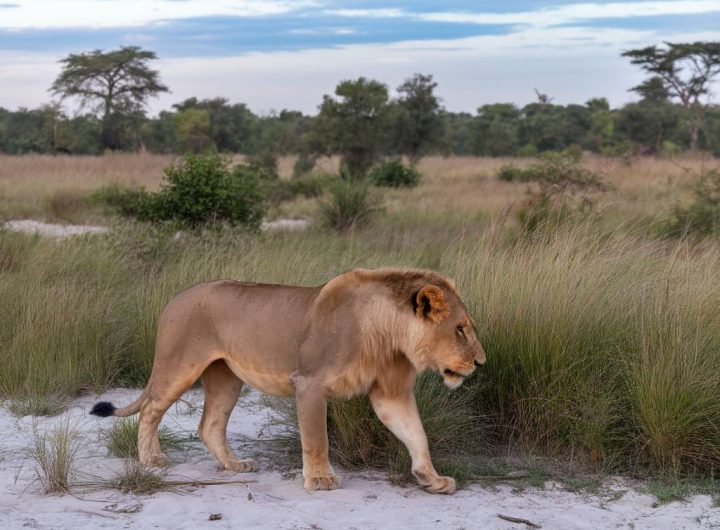 Best African safari destinations: top 5 experiences in Africa
Best African safari destinations: top 5 experiences in Africa 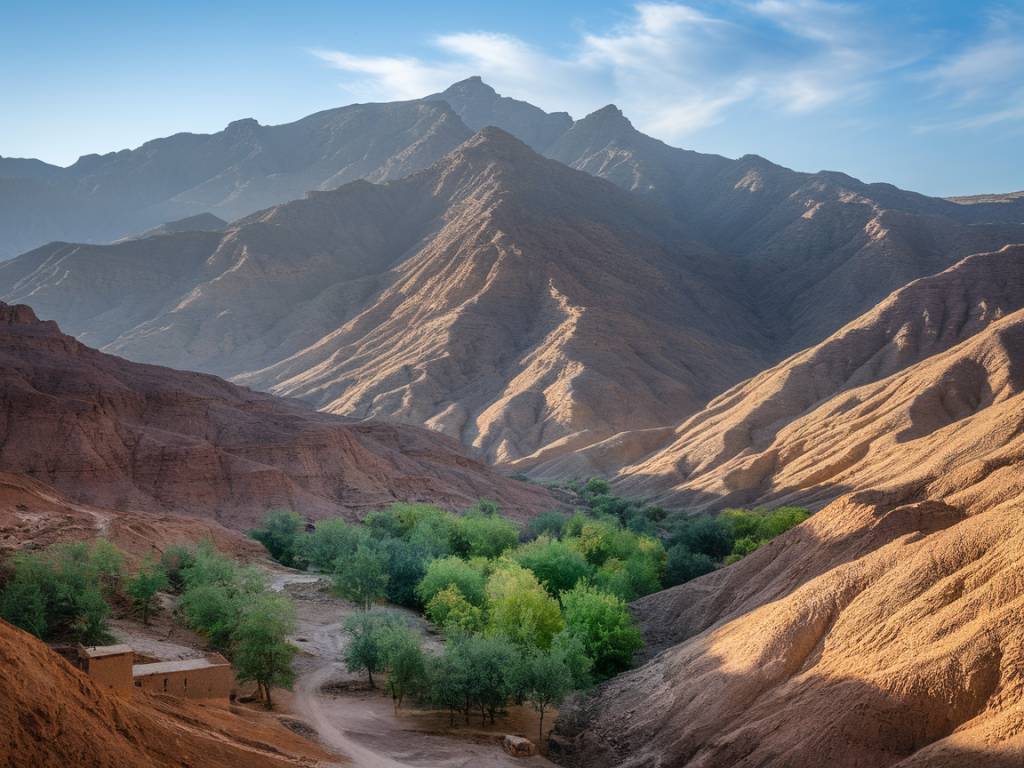 Discover atlas in morocco
Discover atlas in morocco 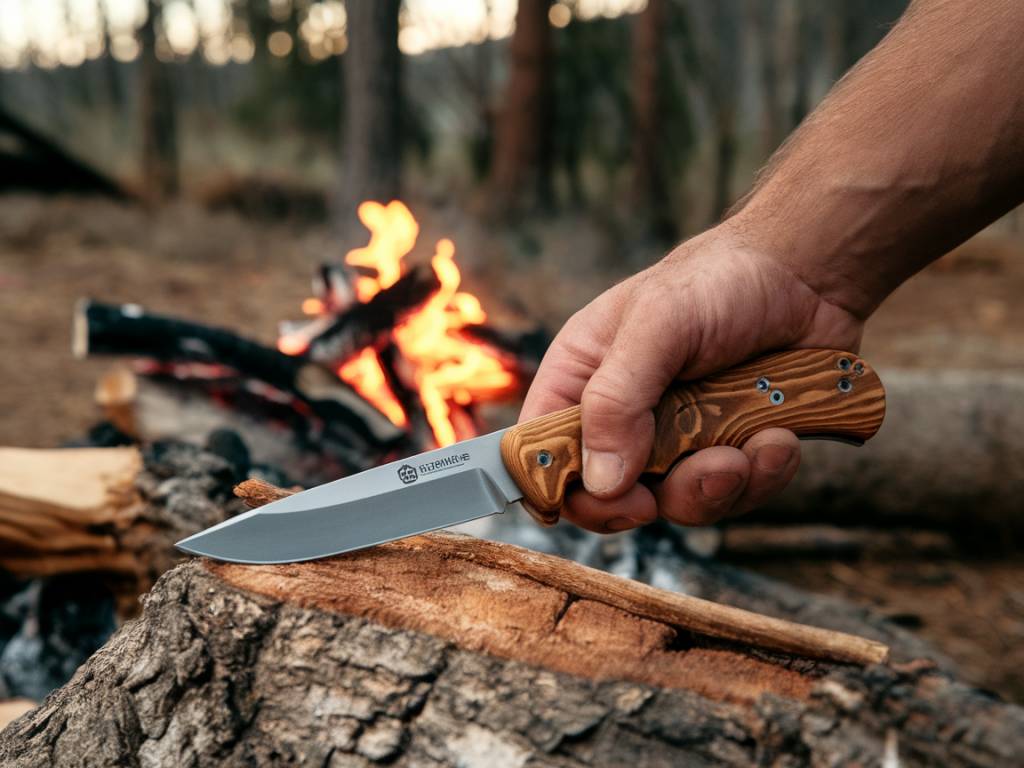 Best survival knives for outdoor adventures
Best survival knives for outdoor adventures 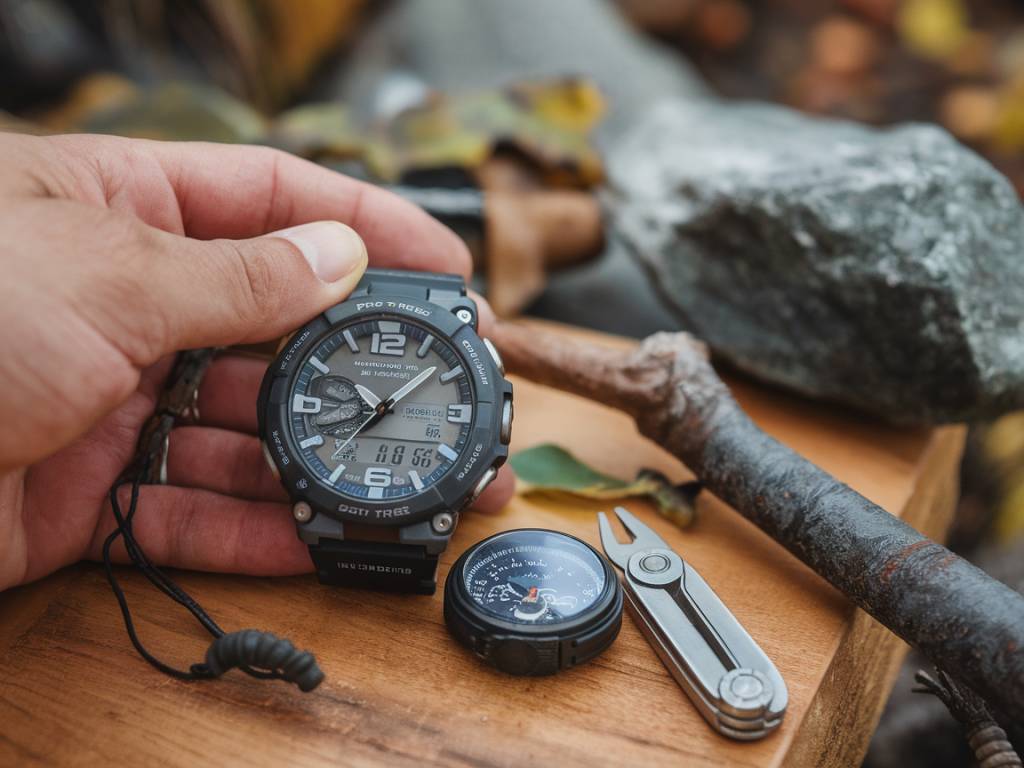 Top 5 adventure watches with gps and survival features
Top 5 adventure watches with gps and survival features 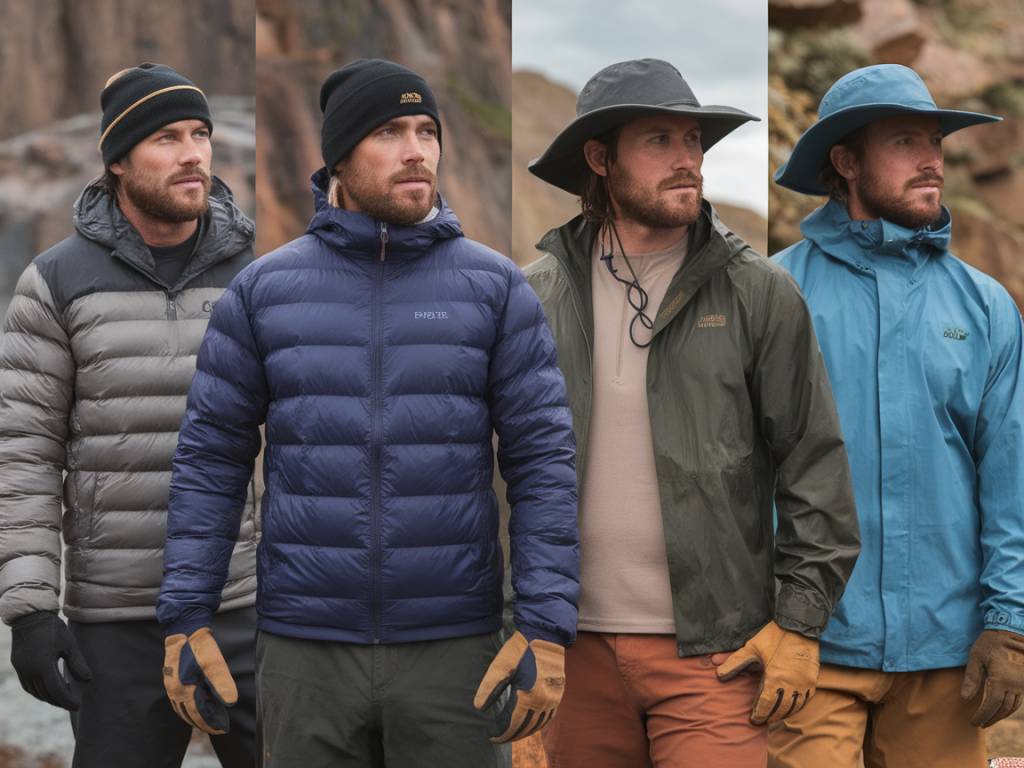 How to choose the right adventure clothing for every climate
How to choose the right adventure clothing for every climate